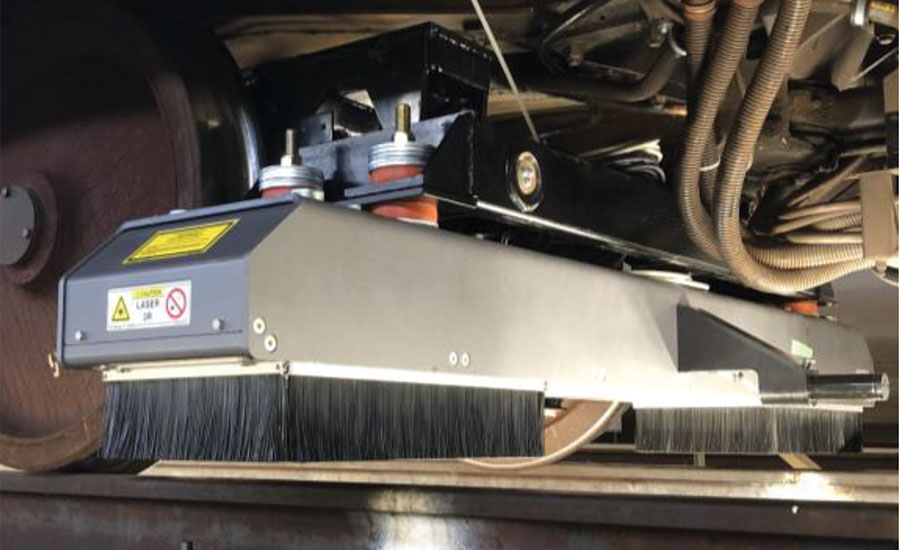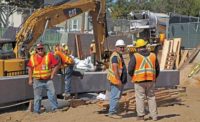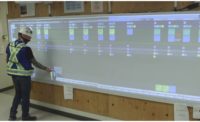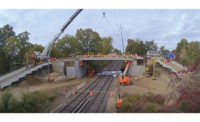The Metropolitan Atlanta Rapid Transit Authority is well into its second phase of testing technologies for automated virtual track inspection on revenue trains on a daily basis—a first for U.S. transit agencies, say officials.
Partnering with ENSCO Rail, the technology provider, MARTA won a $4-million Federal Transit Administration grant to deploy Autonomous Track Inspection System technologies in 2019 on the 38-station, 47.6-mile system.
The first phase included installation of an autonomous track geometry measurement system, a ride quality monitor and third rail thermal imaging system. MARTA also determined locations for underground surveys in this phase, says Abhay Joshi, MARTA program manager.
“We were already using some technologies for biannual inspections,” says Joshi. “But by installing these on revenue service vehicles, we could increase the frequency.” The technologies use imaging and GPS to continuously capture detailed images of each rail component and geotag them with exact coordinates. Radio Frequency Identification tags (RFID) are used in tight spaces such as tunnels to capture anomalies, says Joshi.
In open-cut areas along the system, “we could use just GPS,” says Jennifer Steets Zahaczewski, ENSCO project manager. “In undercut areas, just RFID works great. Going into a tunnel transferring between the two, the system is a little slower. The more we repeat the test, the more we can refine algorithms to more accurately track the trains.”
Geometry exceptions are delivered via email with GPS coordinates to track inspectors and maintenance crews. “So far, we’ve been able to [verify] the reliability of the data,” says Joshi.
In Phase 2, which started early this year, the team has begun designing a rail profile measurement system, a high-resolution track component imaging system and an office-based track inspection approach. The technology evaluates full rail profile images to measure parameters such as rail wear and rail cant, and identifies defects in the rail, ties and fasteners.
Those systems will be installed and deployed early next year. Joshi notes that the pandemic has increased the potential of the virtual track walks. “From a safety standpoint, teams walk the track daily. If we can migrate that into the office space, that’s a plus. Now in the pandemic, we potentially can do this remotely.”
Ultimately, the technologies can help MARTA refine its track rehabilitation program, says Joshi. “We can refocus our track inspection efforts and target what we will be doing in the field. We also anticipate using the data as a baseline as we replace track.”
Several U.S. mass transit agencies visited the demonstration of Phase 1 in fall 2019 and expressed interest, says Zahaczewski.






Post a comment to this article
Report Abusive Comment